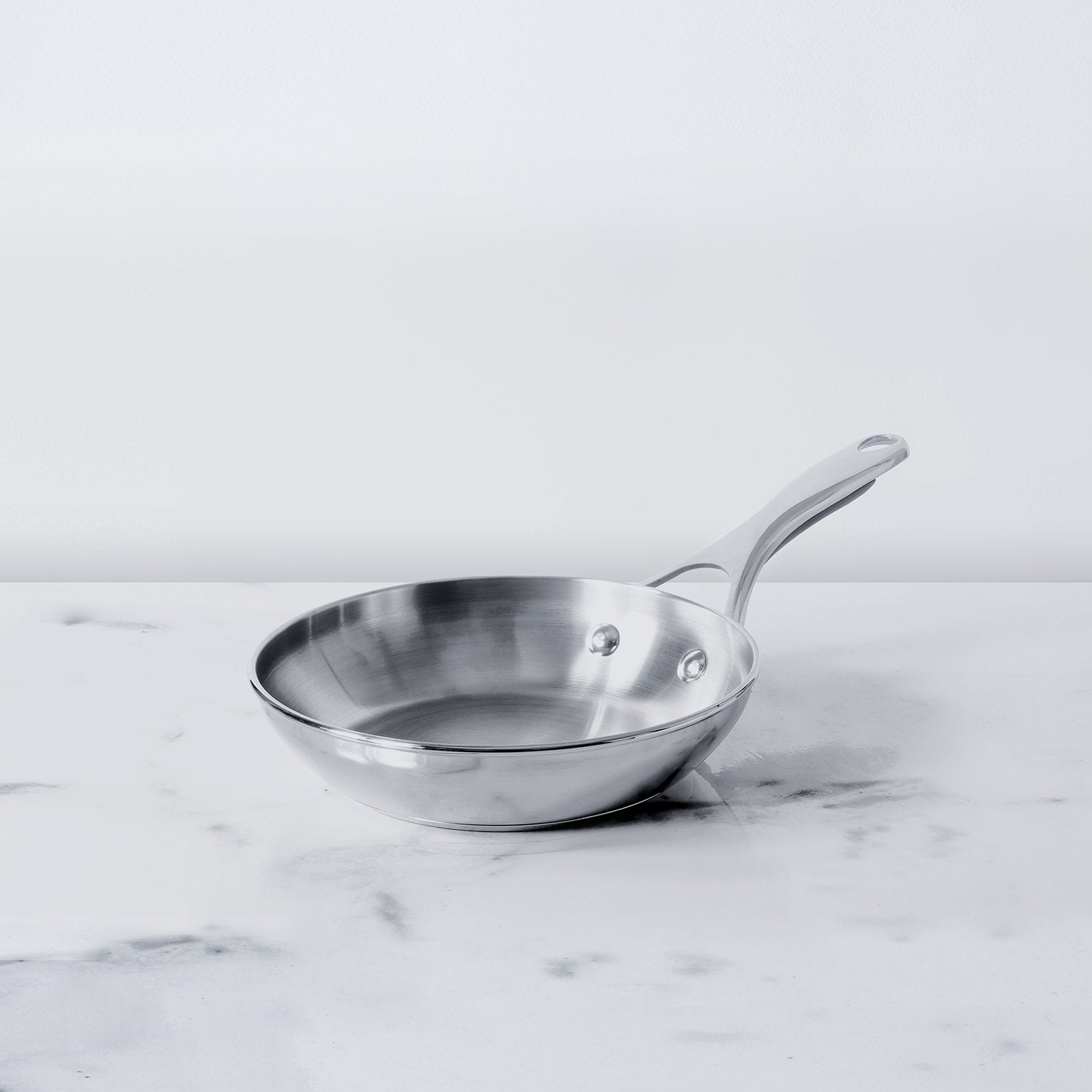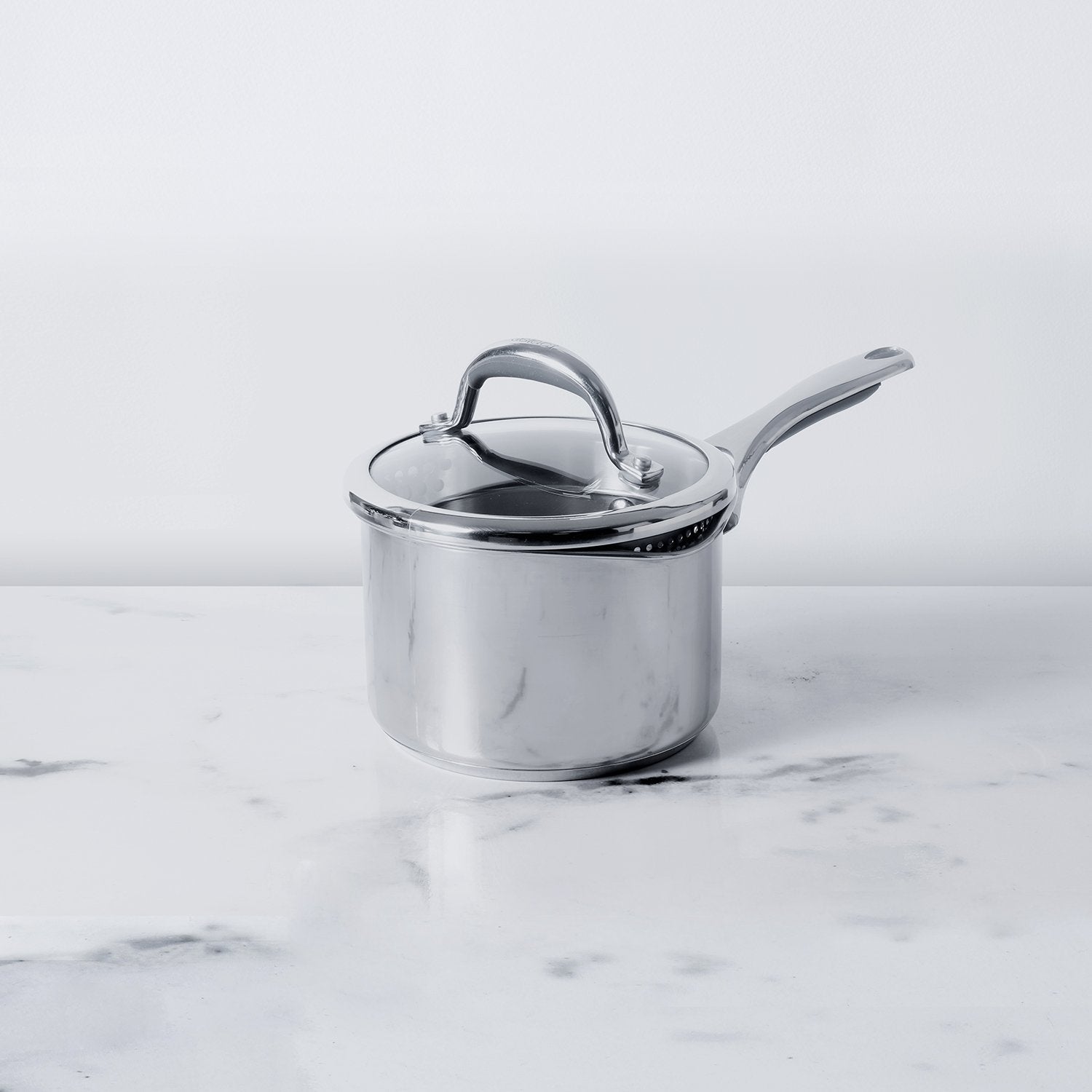Non-stick pressure cookers offer a convenient and efficient way to prepare meals with minimal oil and easy cleanup. However, to ensure long-lasting performance and safety, it’s essential to follow proper usage and maintenance guidelines. Below, we’ll explore the key safety tips and best practices for using a non-stick pressure cooker effectively.
Table of Contents
- 1. Read the Manufacturer’s Instructions
- 2. Choose the Right Utensils
- 3. Use Medium to Low Heat
- 4. Avoid Preheating Without Liquid
- 5. Do Not Use Cooking Sprays
- 6. Follow the Recommended Fill Level
- 7. Ensure Proper Lid Sealing
- 8. Release Pressure Safely
- 9. Clean with Care
- 10. Store Properly
- 11. Regularly Inspect for Wear and Tear
- 12. Conclusion
Read the Manufacturer’s Instructions
Before using your non-stick pressure cooker for the first time, carefully read the instruction manual provided by the manufacturer. Each brand may have specific recommendations regarding pressure levels, heat settings, and cleaning procedures. Following these guidelines ensures safe operation and extends the life of your cooker.
Choose the Right Utensils
To prevent scratches and damage to the non-stick coating, always use silicone, wooden, or plastic utensils. Avoid metal spoons, forks, or whisks, as they can scrape off the protective layer, leading to reduced performance and potential health risks if the coating deteriorates.
Use Medium to Low Heat
Non-stick coatings are designed to perform best at medium or low heat. Excessive heat can cause the coating to break down over time, reducing its effectiveness. When cooking, start with medium heat and adjust as needed to prevent overheating.
Avoid Preheating Without Liquid
Never heat an empty non-stick pressure cooker, as this can damage the coating and create safety hazards. Always ensure there is sufficient liquid (such as water, broth, or oil) before turning on the heat to protect the non-stick surface and prevent burning.
Do Not Use Cooking Sprays
Aerosol cooking sprays may contain additives that can build up on the non-stick surface, leading to a sticky residue over time. Instead, use a small amount of oil or butter applied with a brush or paper towel to maintain the integrity of the coating.
Follow the Recommended Fill Level
Avoid overfilling your pressure cooker, as this can cause excess pressure buildup and potential safety risks. Most pressure cookers have a maximum fill line; typically, they should not be filled more than two-thirds of their capacity, or half when cooking foods that expand, such as rice or legumes.
Ensure Proper Lid Sealing
Before cooking, make sure the lid is properly locked and the sealing ring is in good condition. A loose or damaged seal can result in steam leakage, preventing the cooker from reaching the required pressure level. Regularly inspect and replace the sealing ring if necessary.
Release Pressure Safely
When your food is done cooking, follow the correct method for releasing pressure:
-
Natural Release: Let the cooker cool down on its own before opening the lid.
-
Quick Release: Use the pressure release valve (if applicable) to allow steam to escape safely.
-
Cold Water Release: For stovetop models, carefully place the cooker under running cold water to cool it down faster.
Never force open the lid while pressure is still present inside. Always wait until the pressure indicator shows it is safe to open.
Clean with Care
After use, allow the pressure cooker to cool before washing it. To clean properly:
- Use a soft sponge with mild dish soap to avoid scratching the surface.
- Avoid abrasive cleaners, steel wool, or harsh chemicals that can damage the non-stick coating.
- Hand washing is recommended, even if the manufacturer states it is dishwasher-safe, to extend the cooker’s lifespan.
Store Properly
When storing your non-stick pressure cooker, place a soft cloth or paper towel inside the pot to protect the coating from potential scratches. Keep the lid slightly open or store it separately to allow air circulation and prevent odor buildup.
Regularly Inspect for Wear and Tear
Over time, non-stick coatings can wear out due to regular use. If you notice peeling, flaking, or excessive scratches, it’s best to replace the cooker to avoid potential health risks.
Conclusion
Using a non-stick pressure cooker safely requires attention to detail and proper care. By following these best practices—such as using the right utensils, maintaining proper heat levels, and ensuring safe pressure release—you can maximize the longevity and performance of your cooker while enjoying hassle-free cooking. Whether you’re a beginner or an experienced cook, these safety tips will help you make the most of your non-stick pressure cooker.











Leave a comment